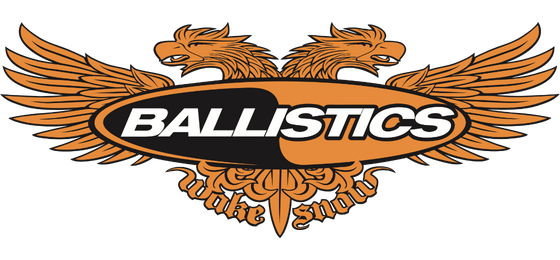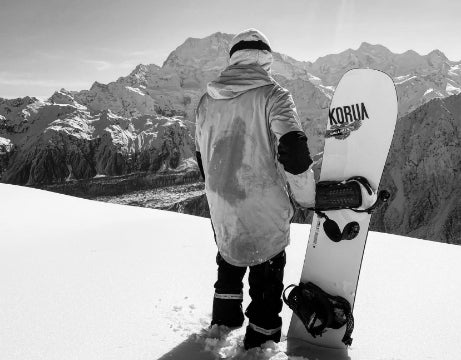-
Snow
▾
- Snowboards
- Boots
- Bindings
- Step On
- Bags
- Parts and Accessories
- Skis
- Boots
- Bindings
- Ski Poles
- Ski Race
- Ski & Boot Accessories
- Tools & Tuning
- Snow Gear
- Jackets
- Pants
- Gloves
- Helmets
- Protection
- Layering
- Goggles
- Head and Face
- Sunglasses
- Belts and Braces
- Wrist Guards
- Snow Boots
- Socks
- Closeout Jackets
- Closeout Pants
- Luggage & Bags ▾
-
Wake
▾
- Wakeboards
- Wakeboard Boots / Bindings
- Wakeboard Ropes & Handles
- Wakeboard Bags
- Wakeboard Parts & Accessories
- Wakesurfers
- Wakesurf Ropes & Handles
- Wakesurf Bag
- Wakesurfer Fins
- Wake Foils
- Water Skis
- Slalom Skis
- Slalom Ski Packages
- Bindings
- Combo Skis
- Waterski Ropes & Handles
- Waterski Bags
- Water Ski Parts & Accessories
- Wakeskates
- Kneeboards
- Tubes
- Accessories & Repair
- Bouyancy Vests
- Wake Apparel
- Wake Helmets
- Wetsuit Over Jackets
- Boating ▾
- Skim ▾
- Service
- 09 489 4074
- Cart Cart
How to Choose a Park Ski
February 24, 2015


In the early ’90s, when dinosaurs had only recently been supplanted by mammals and plaid shirts were worn layered on top of each other, terrain parks were in their infancy. They were an attempt to welcome snowboarding to the resorts and to corral (unsuccessfully) the skate-inspired tricks that boarders favored and that upset the status quo.
Initially, skiers were not allowed in the parks, but with youth being youth, that restriction became more of a temptation than any marketing ploy could ever hope to achieve. Skiers began “poaching” the parks, and not long after, the first production twintip ski (the K2 Poacher) hit the market. This was the original park and pipe ski, and for almost a decade, all a manufacturer had to do was put an upward curve in the tail of a mold and slap some rad graphics on the topsheet to make one.
CONSIDERATIONS FOR CHOOSING A SKI
Twenty years later, park and pipe skiing is its own industry, and the most televised skiing discipline in history. Park and pipe skis are designed specifically for the sport, and while the abundance of choice may present a tough decision, the actual difference from one park ski to the next is not as extreme as you might think. Park and pipe skis tend to stick within a narrow design range and are focused on achieving a few goals within that scope.
WIDTH AND SHAPE
A park ski doesn’t have to float in powder, and it doesn’t have to rail high-G, high-speed turns, so dimensions usually fall in-between carving and all-mountain skis, with a little extra width for stability but not enough to make the ski sluggish or sacrifice hard snow grip. Around 80-85mm underfoot seems to be the sweet spot, with a shorter radius of between 11 and 16 meters. Some manufacturers offer “true twin” dimensions that are identical in the tip and tail, which (in theory) makes switch skiing easier and improves balance for spinning tricks and rails, but most seem to believe that a slight directional shape offers a better all-around experience.
LENGTH
As for length, you’ll want to go a touch shorter than you would for a carving ski, but not too much … you don’t want a ski that’s so short that your landings are going to feel squirrely, especially if you’re going big. Keep in mind that bindings are usually center-mounted (on true twin-tips) or only very slightly off-center, so they’re going to feel a touch shorter than, say, an all-mountain ski where your bindings are mounted slightly further back.

Leave a comment
Comments will be approved before showing up.
Also in News

General
- Mon - Fri: 9:30 - 5:30
- Sat - Sun: 9:30 - 4:00
- 66 Barrys Point Road
- 09 489 4074
- info@ballistics.co.nz
-
Services
Customer Care
News & Updates
Sign up to get the latest on sales, new releases and more…
© 2024 Ballistics.




